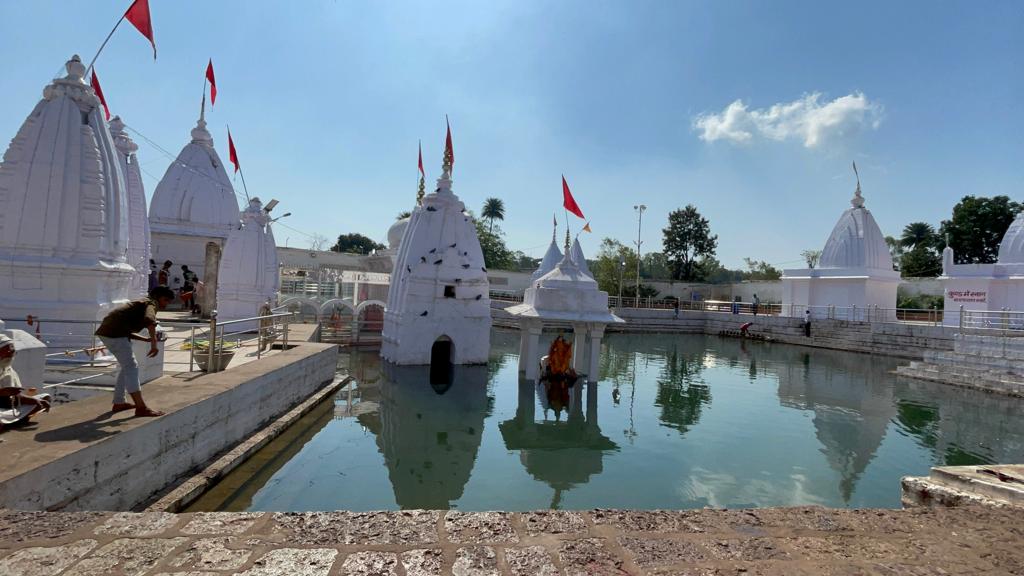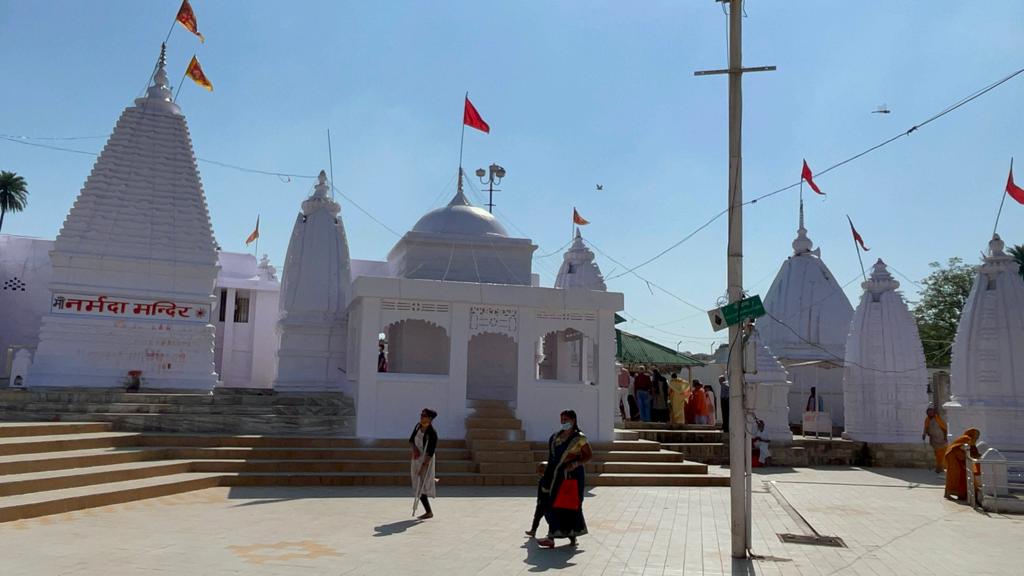11th October, 2021
Amarkantak is a well frequented Hindu pilgrimage center that is popularly known as “Teerthraj” – “the king of pilgrimages”.
It is the meeting point of the Vindhya and the Satpura Ranges, with the Maikal Hills being the fulcrum. The forests surrounding Amarkantak have a rich variety of plants with medicinal properties, which make it extremely significant from an ecological point of view. Amarkantak is draped with lush mango trees and hence it is believed that the great Sanskrit poet Kalidasa visited Amarkantak and called it Amrakoot. This can be witnessed at Mai Ki Bagiya, which is a grove of mango and banana trees.
Three rivers – Narmada, the Sone and the Johila emerge here from the womb of Amarkantak. A rising stream of Narmada can be seen at The Narmada Udgam Temple which is the most visited place in Amarkantak. Every year on the occasion of Narmada Jayanti, devotees in abundance gather here to attend the special event. Narmada Udgam temple is surrounded with wonderful natural wonders like Narmada kund, Sonemuda (the source of river Sone), plunging Dugdhara falls and the Kapildhara falls.
The group of ancient temples of the Kalachuri period such as Machhendranath, Pataleshwar and Kailash Narayan, Shri Yantra Mandir, Mrityunjay Ashram, BhriguKamandal are some more places to see in Amarkantak that you can note miss.
Narmada is the only river that has the tradition of being circumambulated. The river originates in Amarkantak and flows westwards draining at the Gulf of Khambat traversing a journey of 1300 kms. The Narmada parikrama is undertaken barefoot and is a spiritual exercise , arduous though since one needs to cover 2600 kms. The pilgrims stay at Dharmshalas, villages etc on the way. The yatra halts at beautiful places like Maheshwar, Omkareshwar, Bheda Ghat etc, that are very beautiful and scenic locations.














